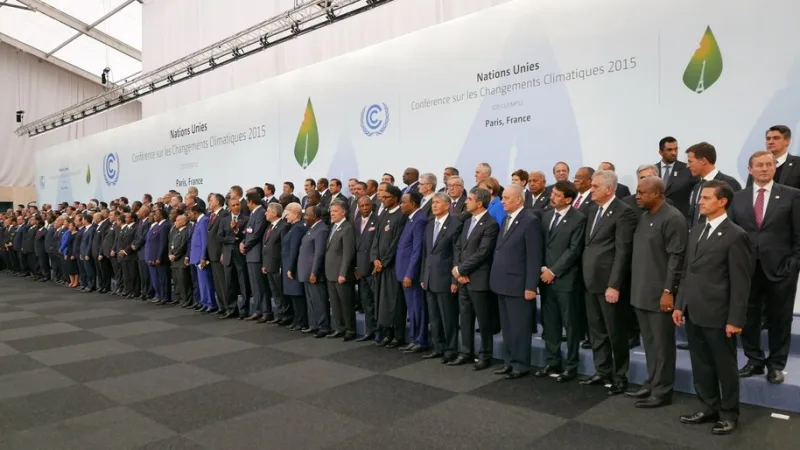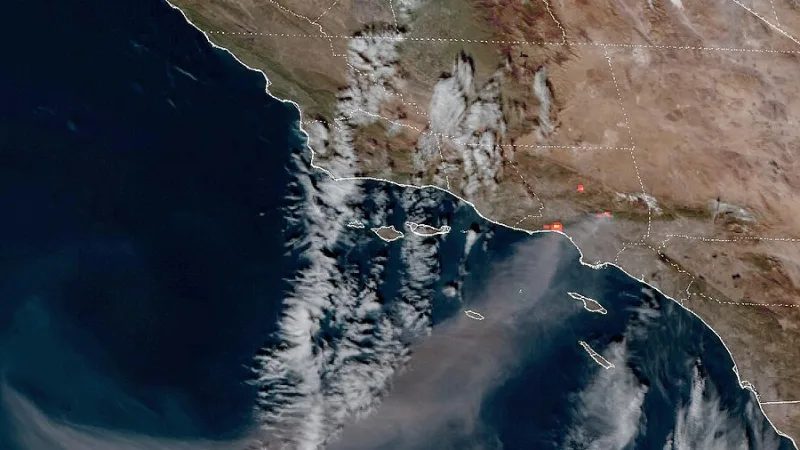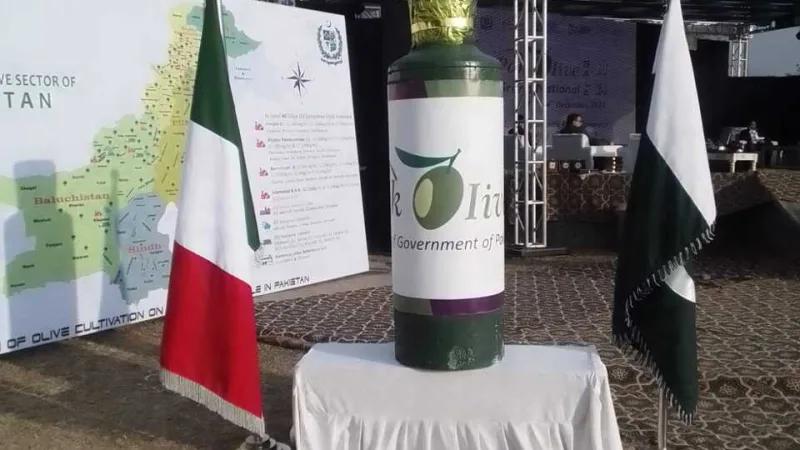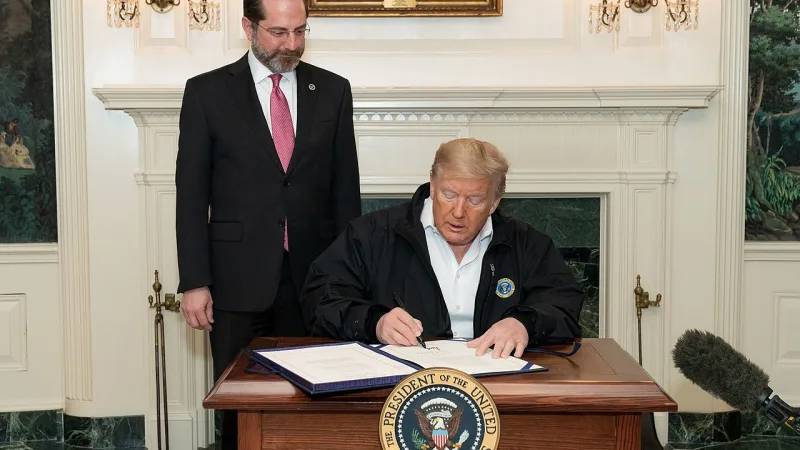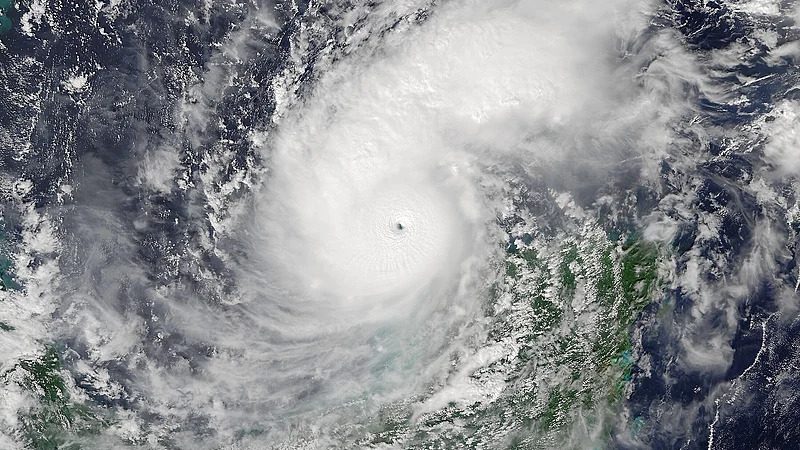Pollution Apocalypse: Why Lahore Tops the World’s Worst Air List
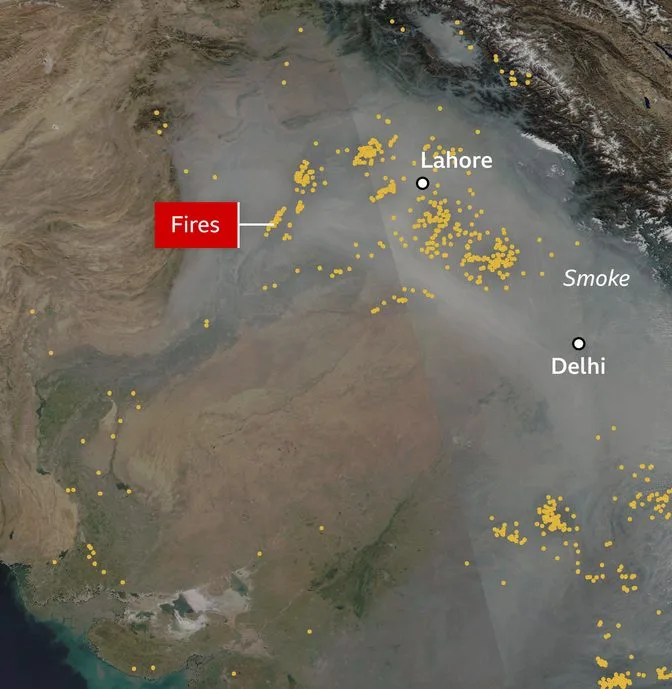
This month, Lahore has experienced alarming air quality levels, with the Air Quality Index (AQI) crossing 1000 on multiple occasions. To put this into perspective, an AQI above 300 is categorized as “hazardous,” posing severe health risks. For Lahore’s 13 million residents, breathing has become a challenge during the smog-laden months of November and December. This is not the first time Lahore has been thrust into the global spotlight for its deteriorating air quality. Every year, as winter approaches, the city grapples with toxic air, endangering public health and disrupting daily life.
Lahore: The World’s Most Polluted City
On global pollution rankings, Lahore frequently occupies a spot in the top three most polluted cities, often accompanied by India’s capital, New Delhi. The city’s AQI consistently remains over 250, a level deemed “extremely hazardous.” In November, Lahore’s AQI crossed the staggering 1000 mark multiple times. Notably, the AQI varies significantly across different areas of the city at any given time, reflecting localized pollution hotspots.
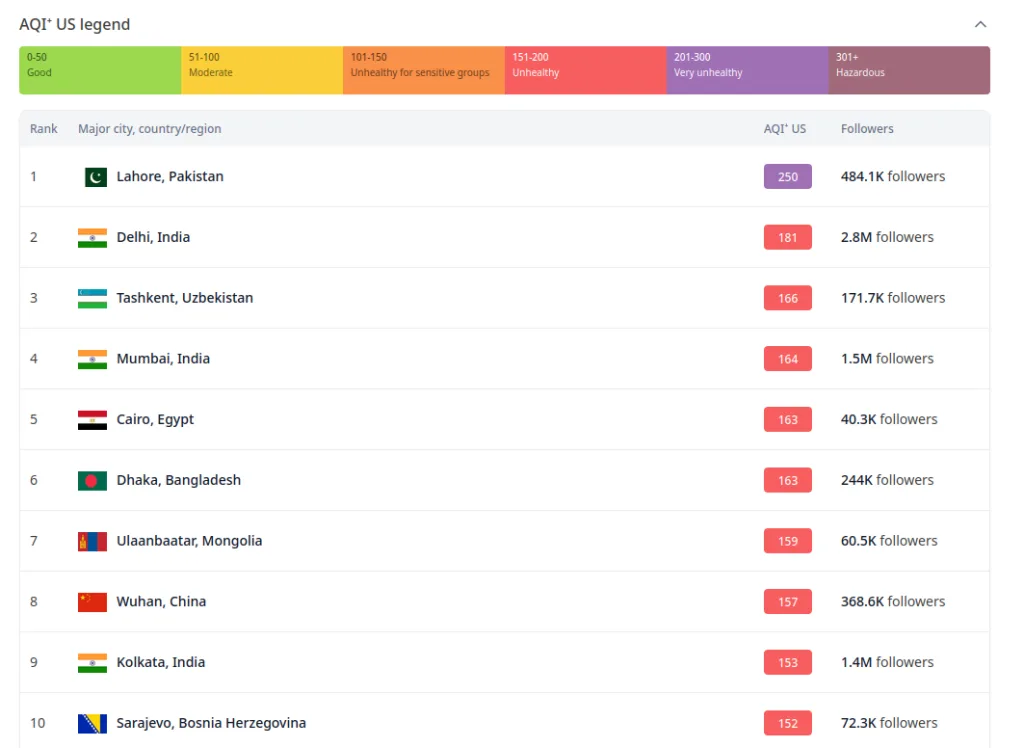
Other cities in Punjab, such as Multan and Faisalabad, also experience severe air quality deterioration during the smog season. In some instances, Multan has reported AQI levels exceeding 2000, far surpassing the hazardous threshold.
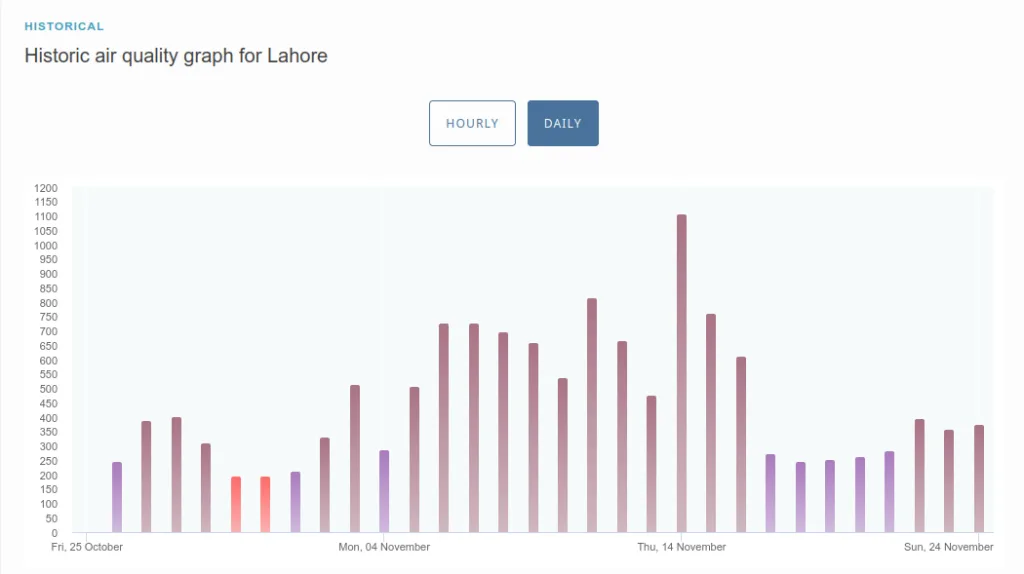
Pakistan Blames India
Pakistani authorities attribute around 30% of the smog to crop residue burning in India. Farmers in Indian Punjab ignite their fields to clear remnants of previous crops, a practice that generates enormous amounts of smoke and pollutants. Although the Indian government has imposed heavy fines on this activity, the issue persists.
In response, the Chief Minister of Punjab, Pakistan, has suggested initiating “climate diplomacy” with Indian Punjab. This collaborative effort aims to tackle the shared environmental crisis. While the gesture signifies a step toward cooperation, regional politics and administrative hurdles continue to impede joint action.
NASA’s Stark Images of Lahore and New Delhi
Recent images released by NASA provide a grim visual of the crisis. Satellite imagery reveals a thick blanket of smog covering Lahore and New Delhi. By comparison, photos taken just six weeks earlier show clear skies. The satellite data also highlight clusters of fires across both Pakistani and Indian Punjab, underscoring the widespread practice of crop burning.
These images serve as a stark reminder of the urgent need for comprehensive measures to address this recurring crisis.

What Causes the Smog?
While India’s crop burning contributes to the problem, blaming external factors alone would be short-sighted. Lahore’s smog crisis is a multifaceted issue involving a combination of local and regional factors:
- Vehicular Emissions
Lahore’s streets are teeming with millions of vehicles, including smoke-emitting motorcycles and outdated diesel vehicles. The lack of stringent emissions standards exacerbates the air pollution problem. - Industrial Pollution
Industries and brick kilns in and around Lahore release significant amounts of particulate matter and greenhouse gases. Despite government efforts to regulate these sources, enforcement remains inconsistent. - Crop Burning in Pakistan
Pakistani farmers also contribute to the problem by burning crop residues, despite government-imposed fines. Efforts to introduce sustainable agricultural practices have seen limited success. - Coal Power Plants
Coal-fired power plants, a significant contributor to air pollution and climate change, continue to operate in the region, adding to the smog burden.
When Air Becomes a Health Hazard
Here is the breakdown of AQI (Air Quality Index) categories as defined by the United States Environmental Protection Agency (EPA) and widely used internationally:
- Unhealthy (AQI 151-200):
- Impact: Everyone may begin to experience adverse health effects. Sensitive groups (e.g., children, elderly, and those with respiratory or heart conditions) may experience more serious effects.
- Very Unhealthy (AQI 201-300):
- Impact: Health alert triggered. Everyone in the area is more likely to experience serious health effects.
- Hazardous (AQI 301 and above):
- Impact: Health warning of emergency conditions. The entire population is at risk of experiencing severe health impacts.
For context:
- An AQI of 50 or below is considered “Good” (healthy for everyone).
- An AQI of 500+ indicates extremely hazardous air quality, making it dangerous to even step outside.
Short-Term Measures: Green Lockdowns
The Punjab government has implemented measures like “green lockdowns,” which include:
- Closing schools temporarily.
- Shutting markets by 8:00 PM.
- Restricting access to public spaces such as parks and zoos.
- Spraying water on roads to contain dust particles.
- Work From Home Policy for offices.
While these actions offer temporary relief, they are reactive rather than proactive. To achieve long-term results, a comprehensive policy framework is needed.
Long-Term Solutions to Lahore’s Smog Crisis
To effectively combat smog, the government and relevant stakeholders must adopt a multi-pronged approach:
- Promoting Cleaner Energy
- Transitioning from coal to renewable energy sources, such as solar and wind, can significantly reduce pollution levels.
- Incentivizing industries to adopt cleaner technologies and reduce their carbon footprint.
- Improving Public Transportation
- Expanding Lahore’s public transportation system and promoting the use of electric buses and trains can help decrease vehicular emissions.
- Subsidizing electric and hybrid vehicles to encourage their adoption.
- Sustainable Agriculture Practices
- Providing farmers with affordable alternatives to crop burning, such as bio-decomposers or mechanized equipment for residue management.
- Launching awareness campaigns to educate farmers on the environmental and health impacts of burning crops.
- Enforcing Emissions Standards
- Introducing and enforcing stricter vehicular emissions standards.
- Regularly monitoring industrial emissions and penalizing violators.
- Urban Greening Initiatives
- Increasing urban tree coverage to act as natural air purifiers.
- Creating green belts around industrial areas to mitigate pollution levels.
- Cross-Border Collaboration
- Strengthening climate diplomacy with India to jointly address transboundary air pollution.
- Sharing resources and expertise to develop region-specific solutions.
Choking Future
Lahore’s smog crisis is a complex issue that requires immediate and sustained efforts at local, national, and regional levels. While short-term measures like green lockdowns provide temporary respite, the long-term battle against smog calls for systemic reforms and regional cooperation.
For the residents of Lahore and future generations, it is imperative to act now. The air we breathe is a shared resource, and protecting it must be a collective priority.

